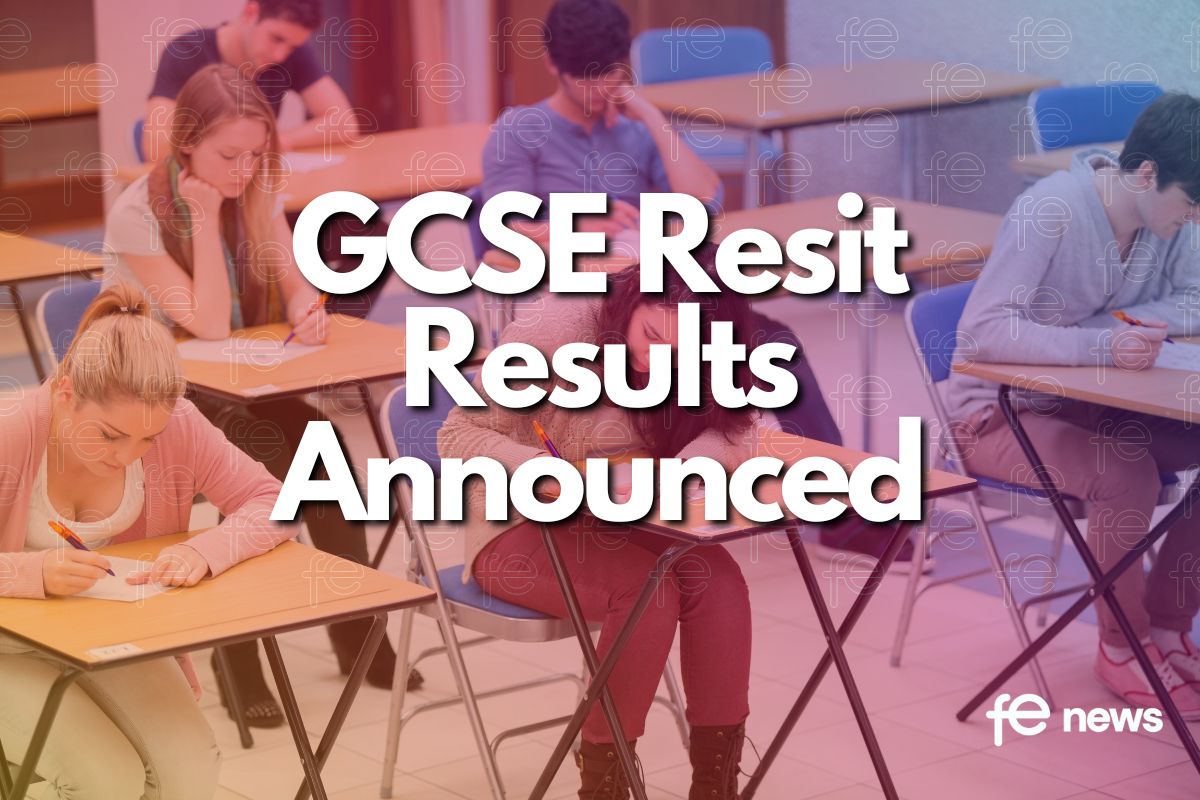Dyslexia Screening for Primary Children: A move in the right direction towards a more inclusive education system

Matt Hancock’s proposal to introduce screening for dyslexia to all students at primary school level is a positive, if somewhat late, move in the right direction towards a more inclusive education system.
The proposed bill would benefit thousands of primary school children who struggle with reading and writing; early identification and intervention could make a significant difference to their experience and attitudes towards education which, in turn, could have a profound impact on their life opportunities.
Historically, the rate of identification of dyslexia and other cognitive needs has been startlingly lower in state schools and areas further down the deprivation index compared to their more affluent counterparts. This is often because traditionally, dyslexia screenings have been difficult and time-consuming to access via the publicly funded route, which is why there is a market for private assessment providers.
If one can’t afford the various costs that come with diagnosis through a private provider, then they can’t access the same opportunities and support as those who can afford it. In fact, in the ten years up to 2018, the number of state secondary pupils registered with special educational needs (SEN) dropped by almost 40%. To clarify, this is not that the number of neurodiverse children fell, but that the number of children who were able to be diagnosed, and therefore registered, fell.
As such, this proposed screening bill could help tackle inequality, by giving the opportunity to all children of primary school age who have dyslexia the opportunity to be identified and diagnosed.
But does the bill go far enough?
Despite this proposal being a positive move, a glaring oversight is that many state schools do not, and will not, have the resources and funding to support these newly diagnosed pupils. Yes, early identification can provide the opportunity for early, life changing intervention, but without ensuring that the school system is suitably prepared for an inevitable rise in specialist support, this is just a surface attempt at inclusive education.
The various support measures to consider include additional one-on-one time with a SENCo, implementing assistive technology frameworks into classrooms seamlessly, and making reasonable adjustments for assessments. The funding and means to implement these resources in schools has to be guaranteed alongside universal screening – without this support, the opportunity gap could instead be increased.
In addition to this, the proposed dyslexia screening bill disregards other forms of neurodiversity such as ADHD, autism, dyscalculia, or dyspraxia in students (it’s estimated that 1 in 7 people in the UK are neurodiverse, with 1 in 10 being dyslexic).
Ignoring the various other forms of neurodiversity is detrimental, since a child without dyslexia who might still have another learning difference could find themselves overlooked and with essential support still not provided. Furthermore, not every child with difficulty reading and writing has dyslexia; with a screening bill that focuses only on dyslexia, there is the risk of misdiagnosis, especially amongst under-represented groups which may do more harm than good.
Instead, what is likely to make a real and lasting impact is the implementation of digital assessments and support for a variety of cognitive needs, to improve outcomes and opportunities for a far wider range of students. Equipping educators and schools to take the initiative to support students is important, and that requires ensuring that all teachers, not just SENCos, have a working understanding of how to recognise and work with neurodiverse students.
Cognassist has a host of online and downloadable resources to help educational institutions best understand how to support their neurodiverse and neurotypical students; we believe that since every brain is different, the ways in which we best learn and work are unique to us.
Education cannot continue to take a one-size-fits-all approach – it’s simply not realistic. While the status quo is a rigid teaching and assessment system, far better will be an inclusive education system that supports a variety of cognitive functions, empowering each student to learn at their best and achieve their potential.
Dr. Louise Karwowski, Director of Education, Cognassist











Responses